by William Day
The ground is flat beneath my inflated pad – no lumpy rocks or sticks or tussocks of tundra to disrupt my sleep. Compared to last fall, trekking through the Talkeetnas with Expedition Leadership, this feels luxurious.
Alice Lake is a well-groomed campground just north of downtown Squamish, British Columbia. The roads are paved, the sites graded, trails regulated… there’s a shower house. You can even swim in the lake if you’d like. After spending last fall block camping here and there in the alpine tundra of Alaska, and all of May on the Chugach glaciers, it’s hard to believe this is an APU block course…
Usually, during the first week of Outdoor Studies travel courses, students organize an entire food ration plan for the rest of the course, but not this time. There’s a grocery store 10 minutes down the road, and we have a van.
This is Intro to Trad Climbing with Eeva Latosuo and Karina Amortegui, and we are in for nearly month of a course that is unlike any other offered at APU.
I open my eyes and immediately crinkle my nostrils as I take in a breath of the familiarly dank air that is trapped inside our tent. It’s the same tent we took out in May, I think. And by the smell of it, it hasn’t seen fresh air since the day we returned it after that trip.
Quietly, I slip into a pair of nylon shorts and throw on my thin puffy. There’s a slight nip to the air outside, and I’m glad I’ve packed the jacket. Trying not to wake my sleeping tent mates, I slip out through the vestibule and head for Connor’s car. There are signs everywhere reminding campers of the curiosity of the local bear population, and emphasizing the $230 fine that accompanies attracting wildlife. So, we’ve decided to repurpose Connor’s Subaru as a pantry.
It’s not the food I’m looking for though. My eyes settle on a small wrinkled brown bag. In faded green writing the words “organic coffee” and “volcanic cinnamon” are barely legible. Connor got the stuff on his road trip up from Texas, and judging by the sweet aroma that’s perfumed the backseat of his car; it’s good shit.
I put some water on the stove to boil and set about to making breakfast. A little bacon… Maybe pancakes today. Where’s that box of mix. Ah, there it is – buried beneath a pile of Connor’s favorite Texan crafted beers. Don’t worry, we had the “don’t drink cause this is still school” alcohol policy talk last night as a group, and Eeva knows the porters are in the car – right where they’ll be 25 days from now waiting to celebrate the end of almost a month straight of climbing.
Did you catch that? I used the words climbing and school in the same paragraph. I know. Blows my mind too.
Anyway, I’m getting ahead of myself. Right, the pancake mix. By the time the batter is ready, the water’s hot. So, I pour some over the coffee grounds that fill our little ten dollar foldable filter, and a gentle trickle of maple colored liquid begins to fill the thermos. Right on cue, I hear stirring noises from the tent.
Every morning’s like this. Wake up, make coffee, eat and go. It’s our little routine to get ready for a long day of climbing. And I mean it when I say long. It’s been right around 90°F, and for some reason the clouds have yet to show themselves. So, we make the most of it. We… go hard, as they say. We’re on the rock from the early morning until we’re either too tired to continue or it’s too dark to see.
Now, perhaps you’re getting the impression that we outdoor studies students spend all our time playing around outside and very little earning the four credits that signify the academic legitimacy of a trad climbing class. You’d be surprised.
The entire ordeal is actually quite organized, even consisting of student-taught natural history lessons. The first week of the course is spent learning climbing movement, belay technique, and protective gear placement. The second and third are spent mock-leading and lead climbing respectively. The real test of the course occurs throughout the last few days, during which instructors accompany students up multi-pitch climbs – long routes that require using the rope several times to reach the top. We study rescue techniques and analyze accident case studies,and in the end we walk away with more tangible knowledge than I’ve ever gained from another academic course. In spite of all the fun, this is school.
[divider]
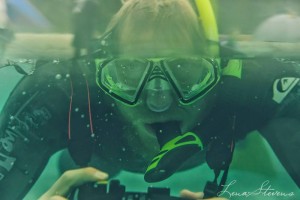
About the Author:
Will Day is an adventure photographer based out of Anchorage. He seeks to inspire through his images and writing an urge to forgo routine, sedentary lifestyles – to go deep into raw, wild areas in search of adventure and exploration.
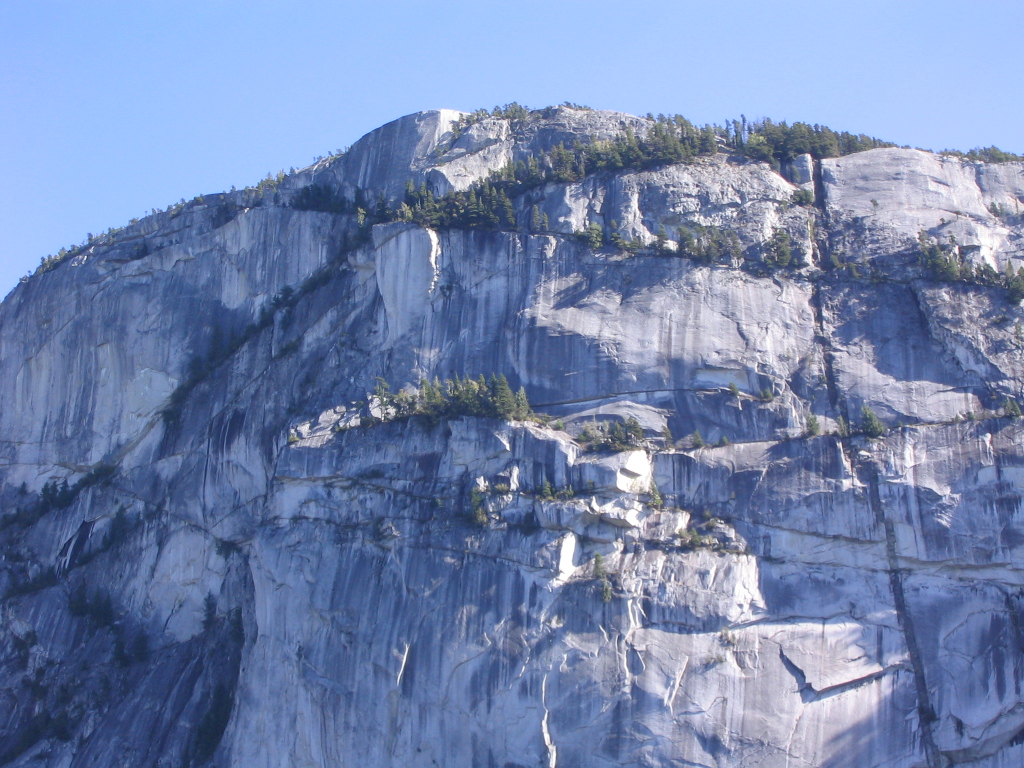

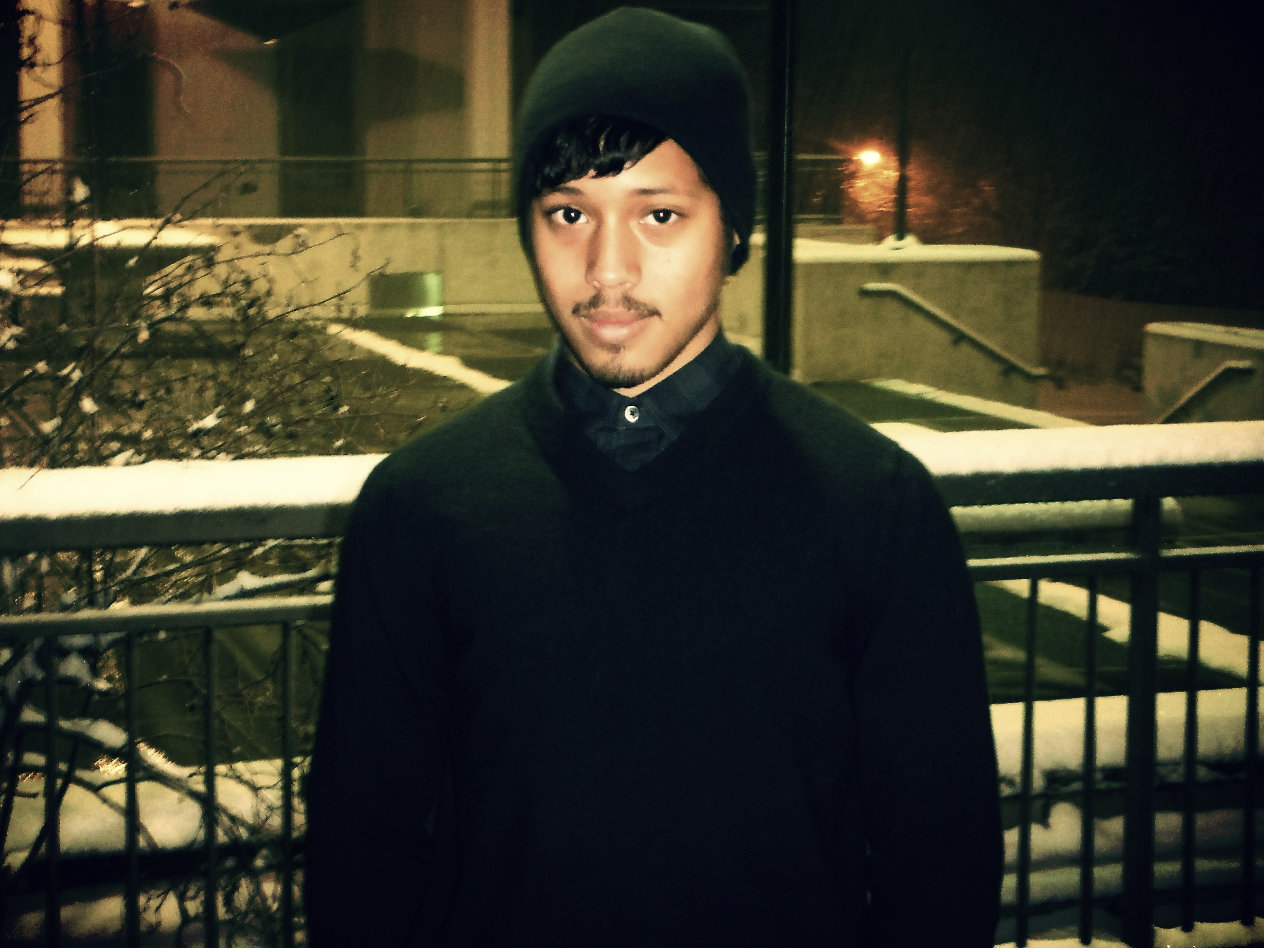
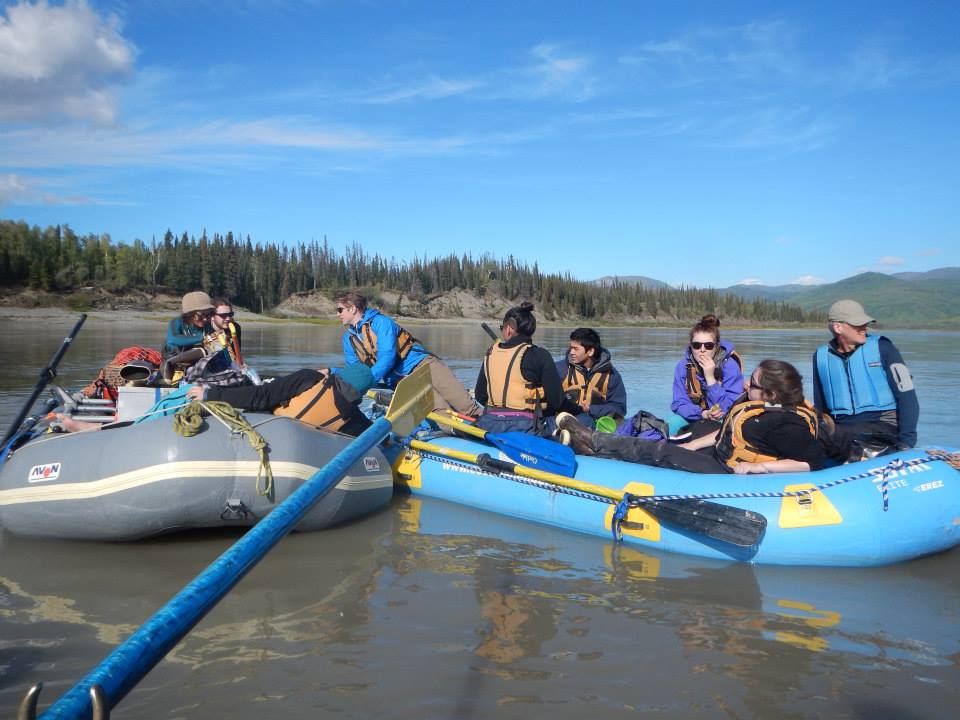
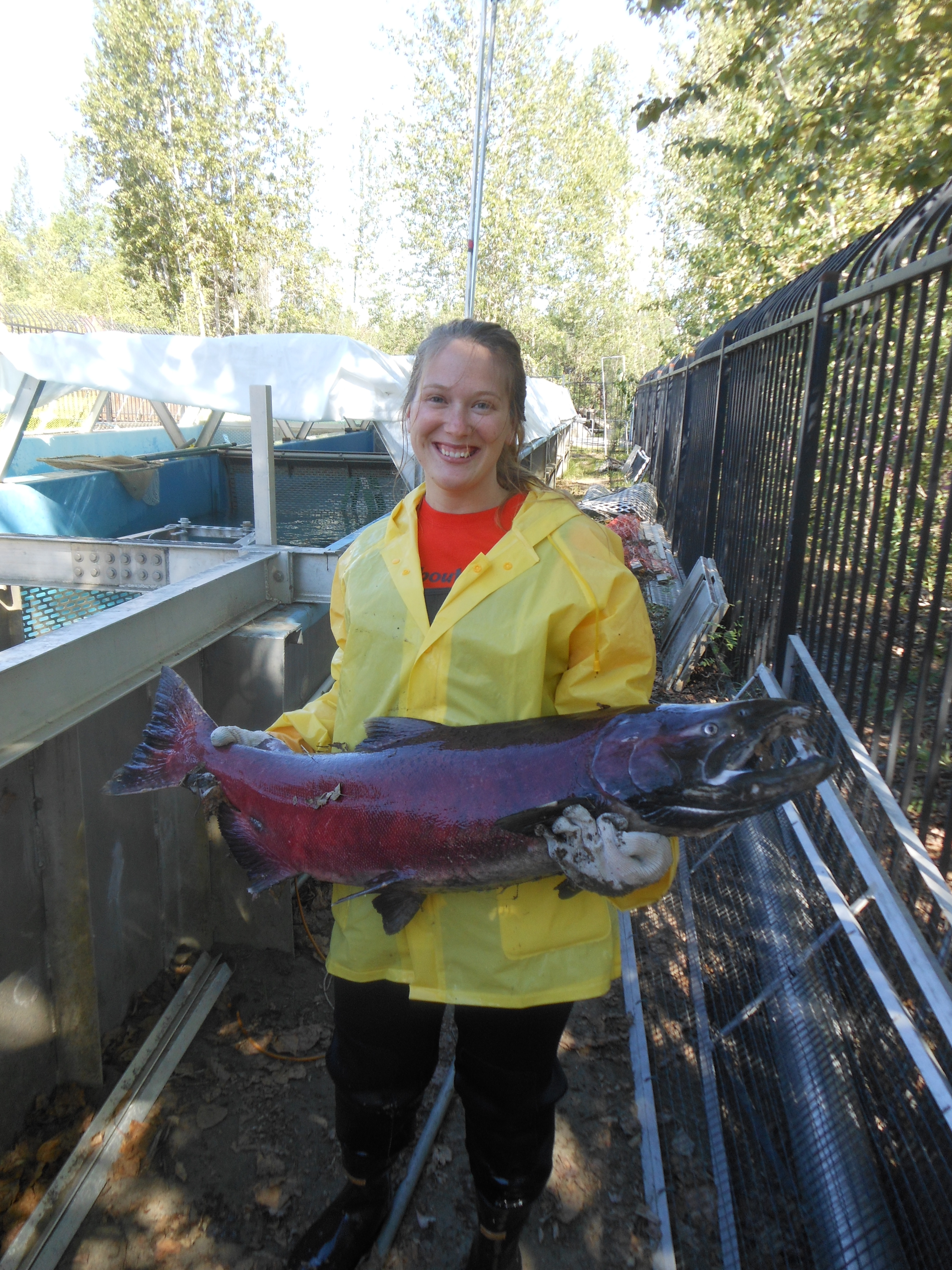
2 Comments
Rachel Dunbar
Dank tent is one of my favorite smells! It means I’m out doing something instead of sitting inside doing homework (which seems to be what I’m usually doing). My favorite part about APU is that we have the opportunity to learn outdoors, while kayaking, climbing, skiing..et cetera. I’m planning on taking ice climbing next semester and I hope it is as rewarding as what you have described.
Emily
Awesome story! I’m glad you wrote about your block adventure because you seem so passionate about it. I enjoyed your writing style and the conversational tone of the piece. I also liked the connections you made to outdoors and school. People are surprised when they learn about everything involved in the OS program; I know I was. APU is definitely a school that loves nature and the outdoors.